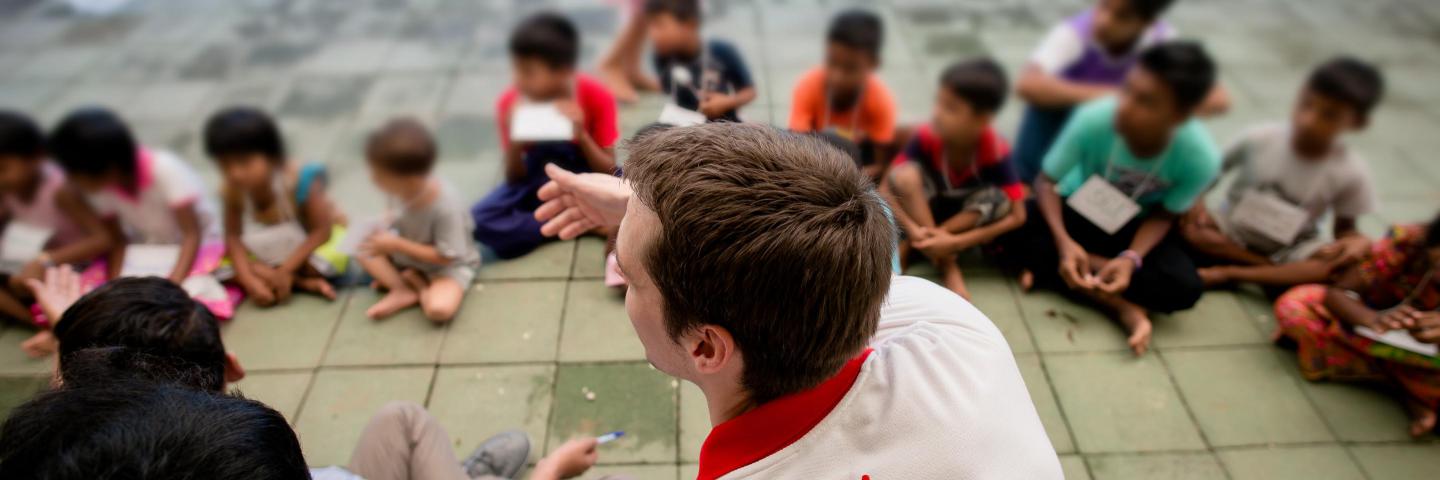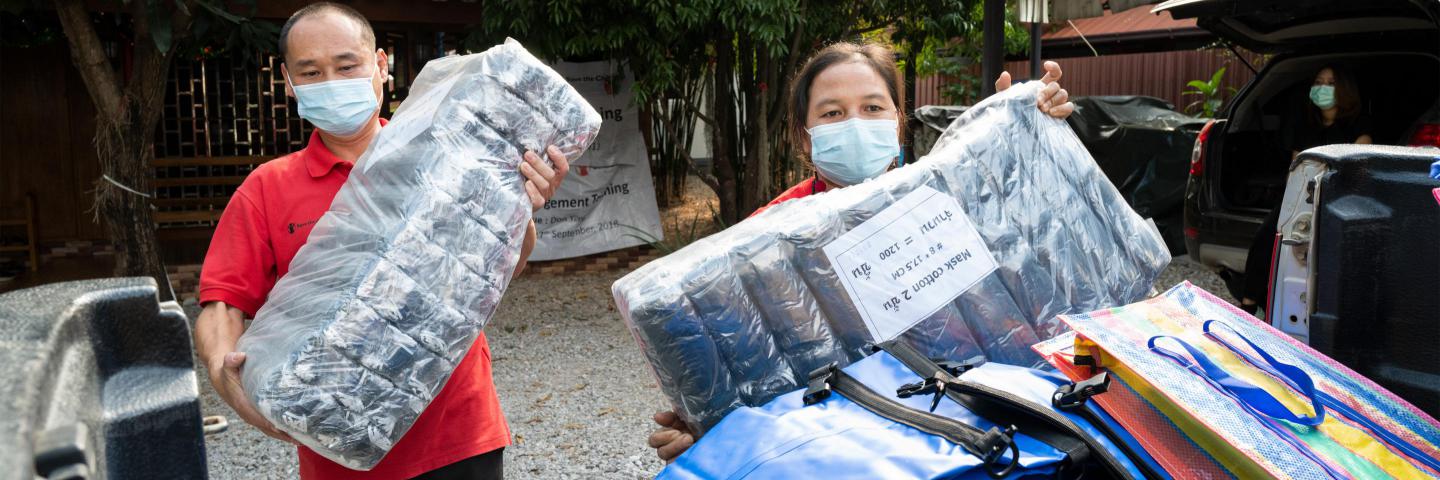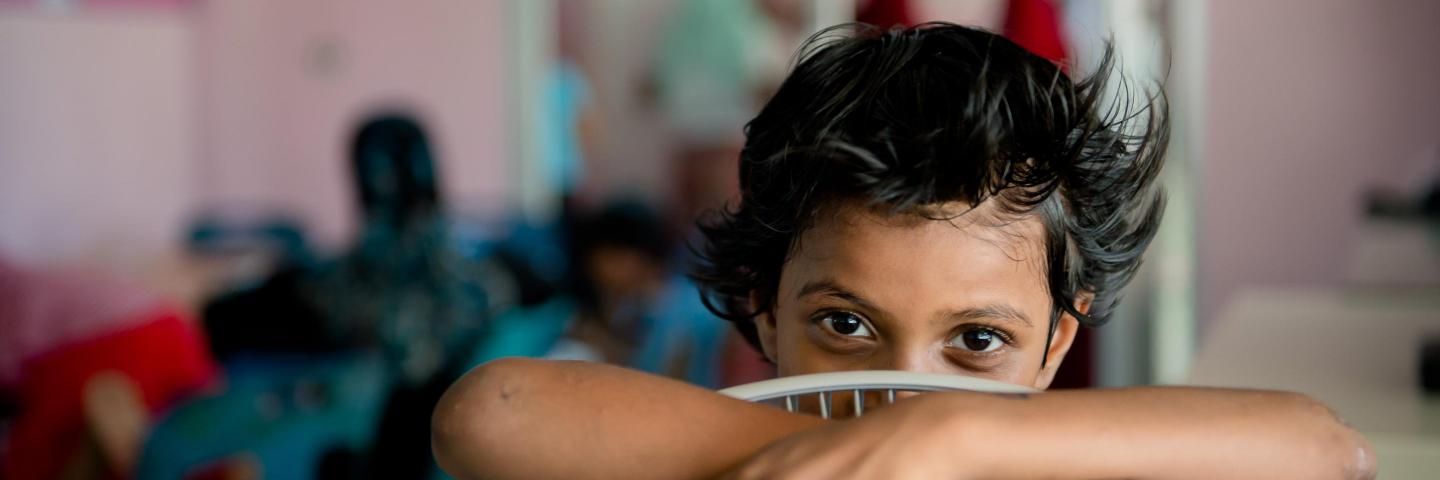

Children and their communities receive immediate assistance & are more resilient to immediate and long-term natural, climate induced and human-made disasters.

Thailand is affected by natural and man-made disasters. The 2004 Indian Ocean tsunami was one of the largest disasters that affected the country with over 5000 deaths recorded. More recently, the 2011 floods in Thailand also affected millions, with 65 out of 77 provinces in the country inundated. Flooding and tropical storms remain the largest disaster riskstoThailand, with flooding reported annually across the country. Covid-19 also impacted Thailand significantly, and disproportionately affected the most marginalized and vulnerable communities in the country. Humanitarian giving and response is a significant part of domestic Thai fundraising.

The global leader in child-focused emergency response, Save the Children does whatever it takes to help children in crisis. Already at work around the world, we are always among the first to respond and the last to leave, supporting long-term recovery and resilience.
In Thailand, Save the Children has led and co-led numerous humanitarian responses, including the 2004 tsunami,2011 floods, the 2015 Andaman Sea Crisis, the 2021Myanmar coup and refugee influx, the ongoingCOVID-19 pandemic, andregular responses to small-scale emergencies.
Save the Children Thailand’s humanitarian response provides protection, access to safe and quality education, and empowers communities to safeguard themselves. We reach the most affected and marginalized populations, including migrant and refugee children. Our interventions include direct relief items, learning materials distribution, technical capacity building for government and non-government agencies, and advocate for child-safe emergency response policy. Our interventions provide not only immediate life-saving aid, but also strive to reduce mental health issues among communities.
In 2020-2021:
We supported children in six out of the seven refugee camps by developing a home-based learning material package. With this support, we provided hygiene kits and home-based learning products (HBL) to over 13,927 children.
In 2021, we reached over 16,500 people through our humanitarian program intervention.